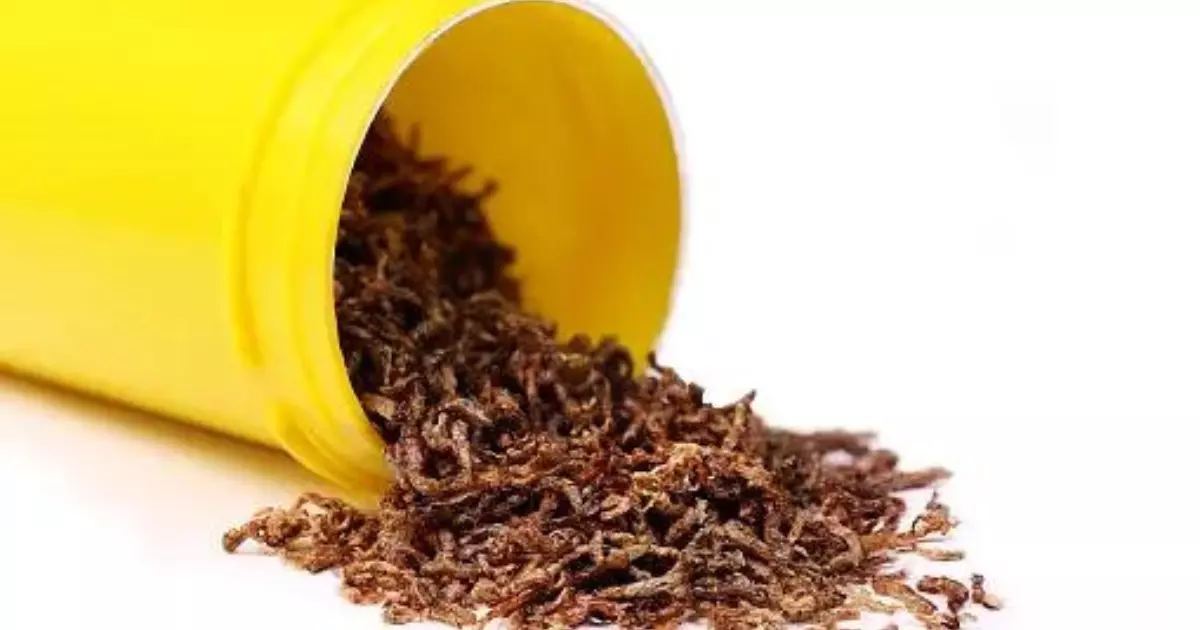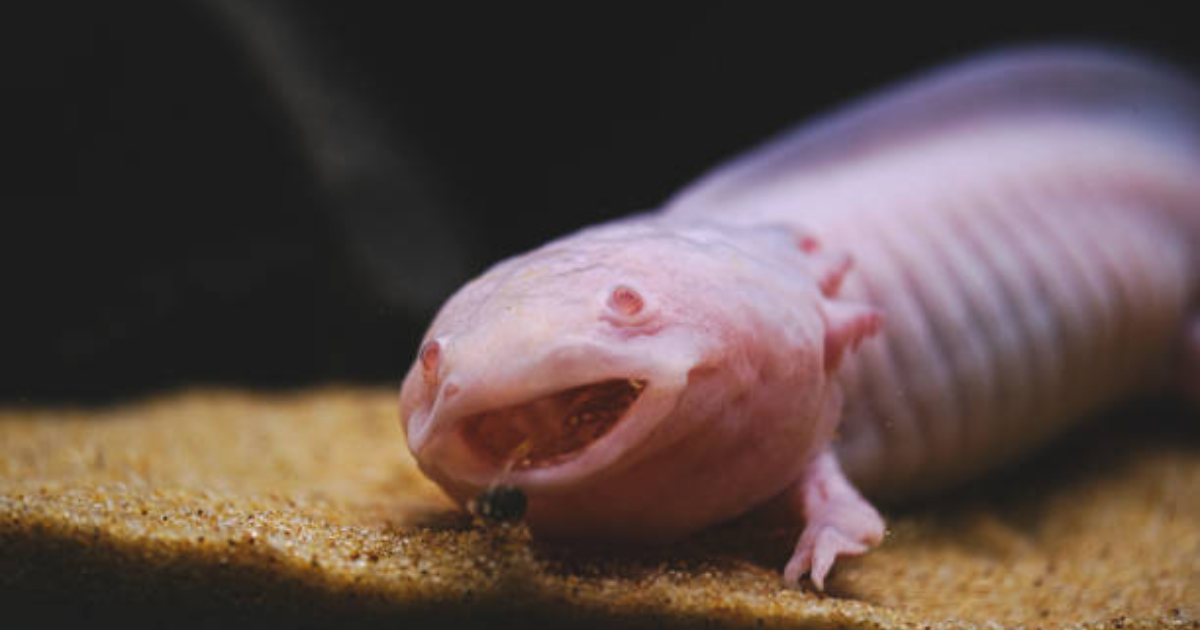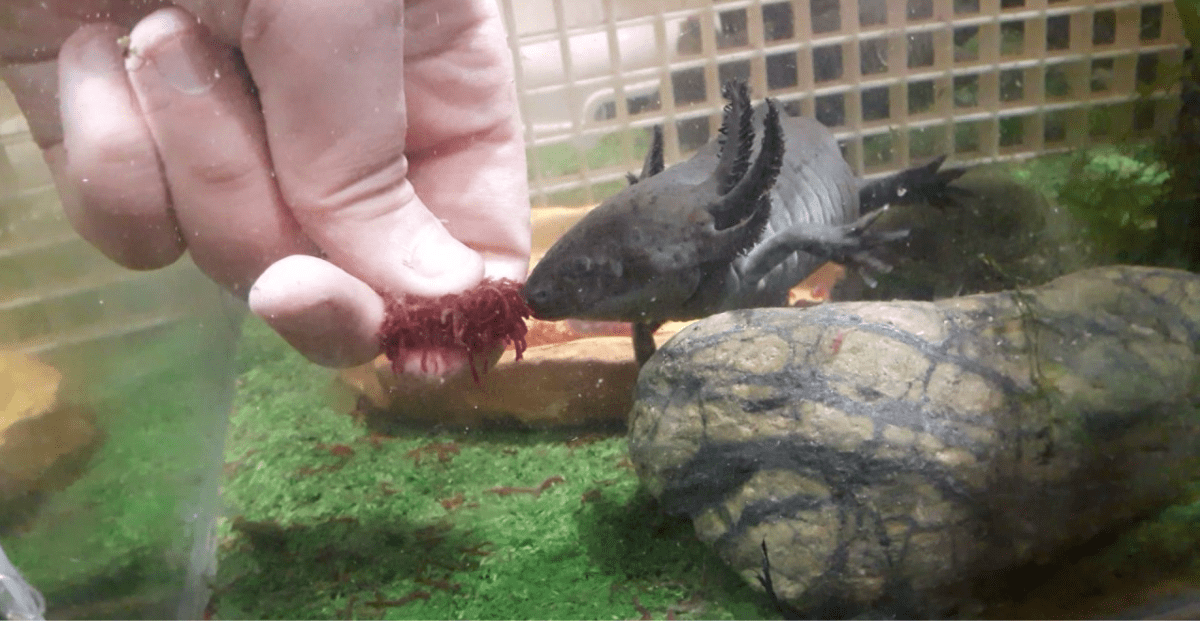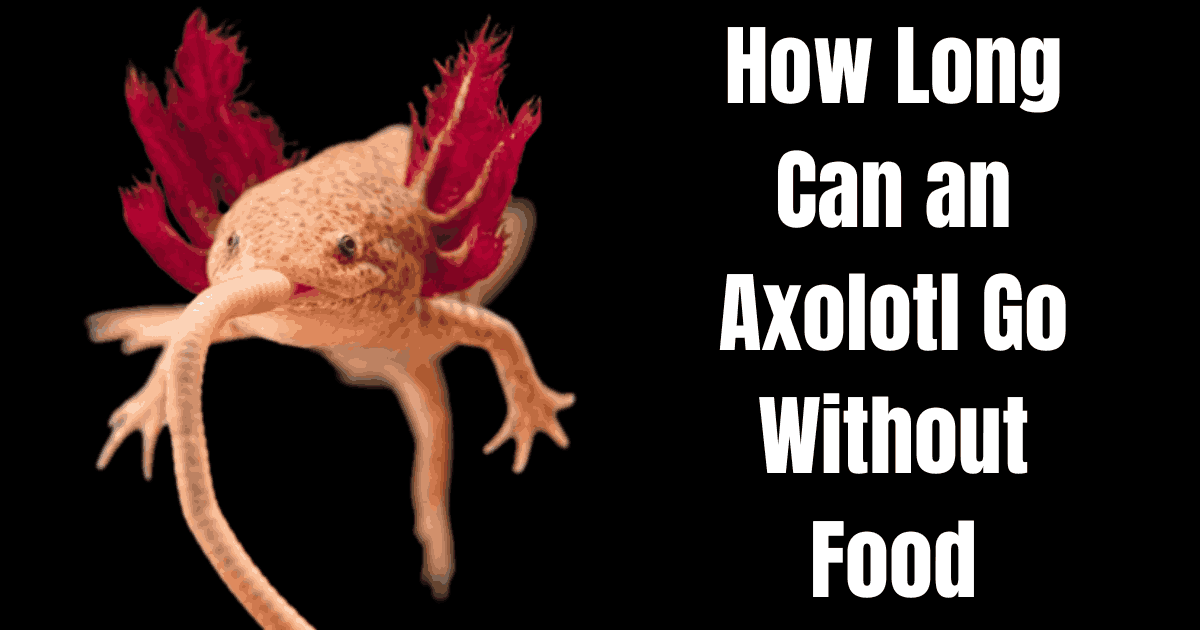Have you ever wondered how long an axolotl can survive without food? These fascinating creatures, often dubbed “Mexican walking fish,” have unique biological traits that allow them to withstand periods without nourishment. Understanding their dietary needs and fasting behaviors is essential for any axolotl owner or enthusiast. Let’s dive into the world of axolotls and uncover the mysteries of their fasting capabilities.
Contents
- Understanding Axolotls
- Dietary Needs of Axolotls
- How Long Can Axolotls Go Without Food?
- Signs of Hunger in Axolotls
- Health Implications of Fasting
- Preventing Overfeeding and Underfeeding
- Conclusion
- FAQs
- How often should I feed my axolotl?
- What are the best foods for axolotls?
- Can axolotls overeat?
- What are the signs that my axolotl is hungry?
- How can I prevent malnutrition in my axolotl?
- What should I do if my axolotl refuses to eat?
- How long can an axolotl go without food if I’m away on vacation?
- What happens if my axolotl doesn’t eat for a long time?
Understanding Axolotls
What is an Axolotl?
Axolotls are a type of neotenic salamander, meaning they retain their juvenile features throughout their lives. Unlike other salamanders, axolotls do not undergo metamorphosis to transition into a terrestrial phase; instead, they remain aquatic and gilled.
Natural Habitat
Axolotls are native to the high-altitude lakes and canals of Xochimilco, Mexico. These environments are characterized by cool, still, or slow-moving water, abundant vegetation, and a variety of prey items such as small fish, worms, and crustaceans.
Unique Characteristics
- Regenerative Abilities: Axolotls can regenerate entire limbs, spinal cord, heart, and other organs.
- Neoteny: They retain larval features such as gills and a finned tail throughout their lives.
- Wide Mouth: They have a broad mouth that gives the appearance of a perpetual smile.
Dietary Needs of Axolotls

Natural Diet
In the wild, axolotls feed on a variety of small aquatic organisms. Their diet includes:
- Worms
- Insects
- Small fish
- Crustaceans

Captive Diet
In captivity, axolotls can be fed a variety of foods, including:
- Pellets specifically formulated for axolotls or carnivorous fish
- Earthworms
- Bloodworms
- Brine shrimp
- Small pieces of raw fish or shrimp
Feeding Frequency
Young axolotls (up to 6 months old) should be fed daily, while adults can be fed every other day or even every three days, depending on their size and health.
- Read More:- How Often Do You Feed an Axolotl? Shocking Truths!
- Read More:- The Fascinating Life Cycle of an Axolotl with Pictures
How Long Can Axolotls Go Without Food?

Factors Influencing Fasting Tolerance
Several factors influence how long an axolotl can go without food:
- Age: Younger axolotls need more frequent feeding compared to adults.
- Health: Healthy axolotls can withstand longer periods without food.
- Water Temperature: Metabolism slows down in cooler water, extending the period an axolotl can go without food.
- Activity Level: More active axolotls may require more frequent feeding.
General Fasting Duration
- Healthy Adults: A healthy adult axolotl can typically go without food for up to 2 weeks without severe consequences.
- Young Axolotls: Young axolotls should not go without food for more than a few days due to their higher metabolic needs.
- Sick or Stressed Axolotls: These individuals may have reduced fasting tolerance and require careful monitoring.
Signs of Hunger in Axolotls

Common Signs
- Increased activity and restlessness
- Frequent surfacing
- Biting at the water surface or tank decorations
- Searching behavior, such as digging or exploring the tank
Severe Signs
- Noticeable weight loss
- Sunken eyes
- Dull skin color
- Reduced regeneration capability
Health Implications of Fasting
Short-Term Effects
- Weight loss
- Increased aggression or stress
Long-Term Effects
- Malnutrition
- Weakened immune system
- Reduced regenerative abilities
- Potential for organ damage
Preventing Overfeeding and Underfeeding

Balanced Feeding Schedule
Establish a regular feeding schedule based on the age and health of your axolotl:
- Young axolotls: Daily feeding
- Adult axolotls: Every other day to every three days
Portion Control
- Offer food in small, manageable portions.
- Remove uneaten food after 10-15 minutes to maintain water quality.
Monitoring Health
- Regularly check for signs of overfeeding (obesity) or underfeeding (weight loss).
- Adjust feeding frequency and portion sizes accordingly.
Conclusion
Understanding how long an axolotl can go without food and their overall dietary needs is crucial for their health and well-being.
While healthy adult axolotls can withstand periods of fasting up to two weeks, younger and less healthy individuals require more frequent feeding.
By providing a balanced diet and closely monitoring their health, you can ensure your axolotl remains healthy and happy.
FAQs
How often should I feed my axolotl?
Young axolotls should be fed daily, while adults can be fed every other day or every three days.
What are the best foods for axolotls?
Axolotls thrive on a diet of pellets, earthworms, bloodworms, brine shrimp, and small pieces of raw fish or shrimp.
Can axolotls overeat?
Yes, axolotls can overeat, leading to obesity and related health issues. It’s important to feed them appropriate portions and monitor their weight.
What are the signs that my axolotl is hungry?
Increased activity, frequent surfacing, and searching behavior are common signs of hunger in axolotls.
How can I prevent malnutrition in my axolotl?
Provide a balanced diet, establish a regular feeding schedule, and monitor your axolotl’s weight and overall health.
What should I do if my axolotl refuses to eat?
Check water quality, temperature, and overall health. If the axolotl continues to refuse food, consult a veterinarian.
How long can an axolotl go without food if I’m away on vacation?
Healthy adult axolotls can typically go without food for up to two weeks. However, it’s best to arrange for someone to feed them if you’ll be away for an extended period.
What happens if my axolotl doesn’t eat for a long time?
Prolonged fasting can lead to malnutrition, weakened immune system, and potential organ damage.

